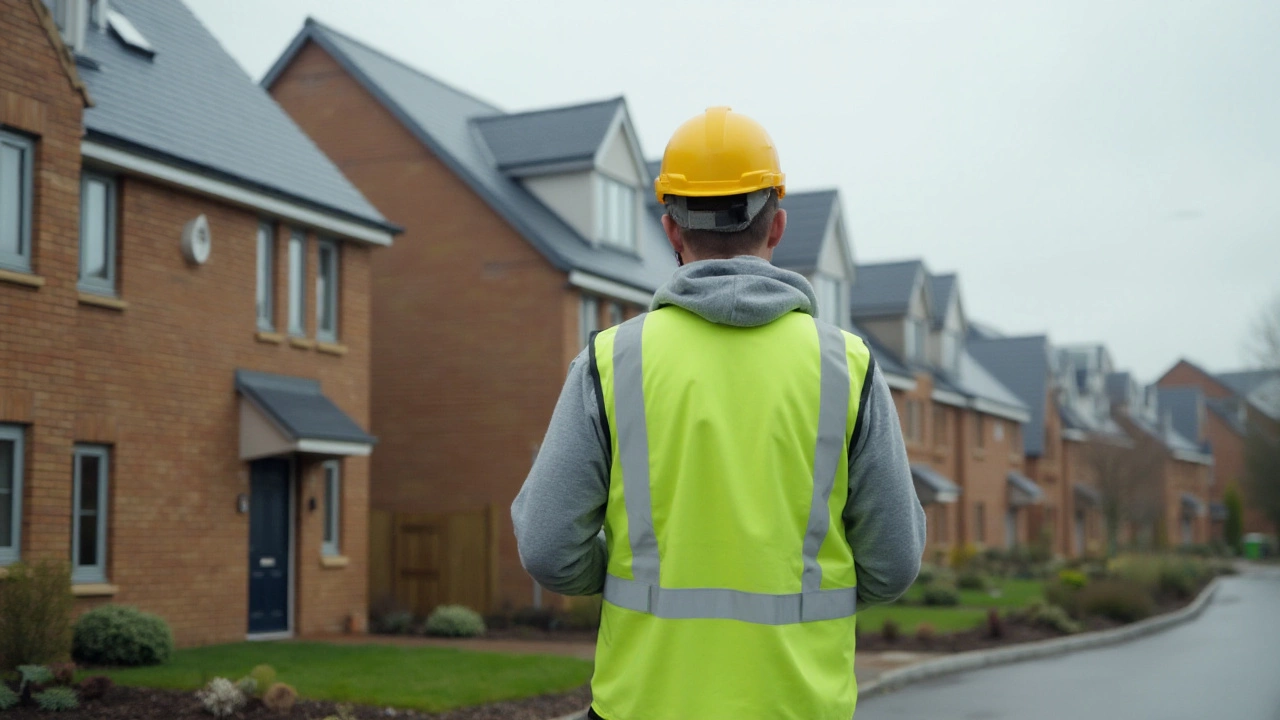In the world of new home construction, understanding what constitutes a defect is critical. Though a new build might appear flawless, hidden issues can arise. Construction defects range from cosmetic issues to structural problems. Identifying these early can save homeowners from future troubles and unexpected expenses. This article explores typical defects in new constructions and provides insights on prevention and resolution.
Home Inspection Made Simple: What to Check and Why It Matters
If you’re buying, selling, or just curious about the condition of a house, a home inspection is the first step to avoid costly surprises. It’s not a sales pitch – it’s a fact‑finding mission that tells you what’s solid and what needs work.
Start by walking through the property with a notebook. Look for obvious signs: water stains on ceilings, cracked walls, uneven floors, and doors that stick. Note anything that feels off. These quick observations help you decide if you need a deeper, professional check.
Key Areas Every Inspector Should Examine
The roof is the first line of defense against the elements. Check for missing shingles, rusted flashing, and gutters that overflow. Inside, test all light switches and outlets – faulty wiring can cause fires.
Next, peek into the attic and crawl spaces. Look for insulation gaps, signs of pest damage, and proper ventilation. In the basement, inspect for moisture, cracks, and the condition of the foundation walls.
Plumbing is another red flag zone. Turn on every faucet, run the shower, and flush toilets. Watch for drips, low water pressure, or strange noises. A leaking pipe hidden behind a wall can rot wood and damage structure over time.
Heating, ventilation, and air‑conditioning (HVAC) units should run without strange sounds and deliver consistent temperature. Replace filters regularly; dirty filters reduce efficiency and can cause system failure.
Choosing a Reliable Inspector and What to Expect
Pick a certified inspector with good reviews and clear reports. Ask for references and verify credentials with a professional body. A solid inspector will give you a written report, photos, and a clear rating of each major component.
The inspection usually takes 2–4 hours for an average home. Expect the inspector to climb ladders and crawl under floors – they need to see hidden parts. After the walk‑through, they’ll sit with you to discuss findings and suggest next steps.
If you’re a DIY enthusiast, you can tackle small fixes yourself: reseal bathroom tiles, replace cracked caulk, or tighten loose railings. However, leave structural issues, major electrical work, and roof repairs to licensed pros.Finally, keep the report for future reference. It’s a useful tool when negotiating price, planning renovations, or maintaining the home over the years.
In short, a home inspection is a practical investment that gives you peace of mind and a clear roadmap for repairs. Use the checklist, pick a qualified inspector, and act on the findings – your future self will thank you.
